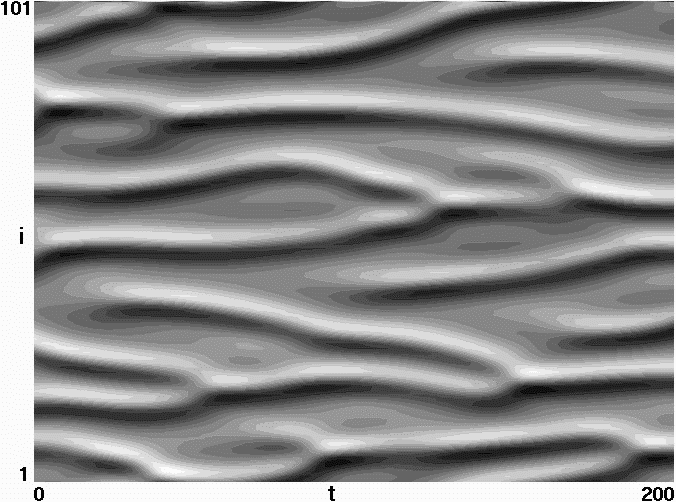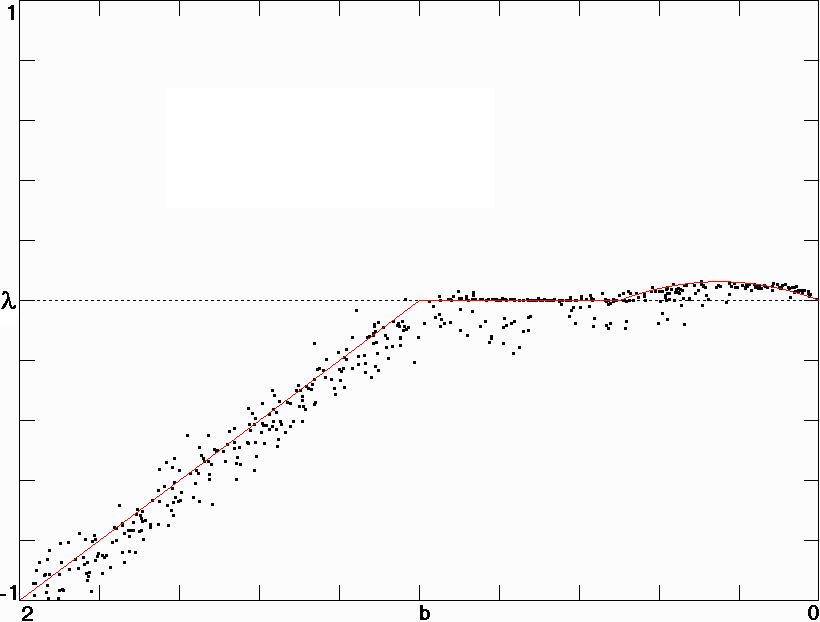
Fig. 2. Largest Lyapunov exponent for the sparse circulant neural network in Eq. (7) with N = 101 and four-neighbor interactions.
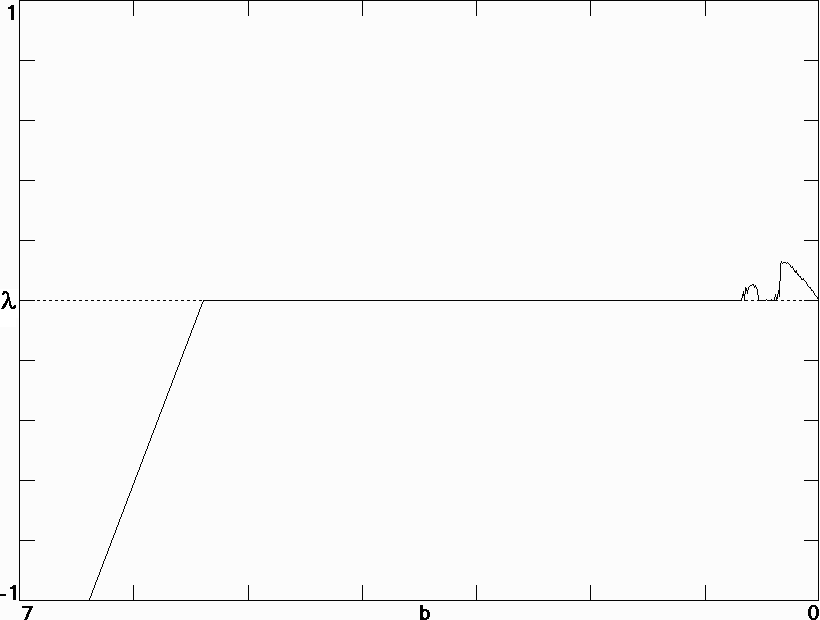
Fig. 3. Spatiotemporal plot of chaos in a sparse circulant neural network with N = 101 and b = 0.25.
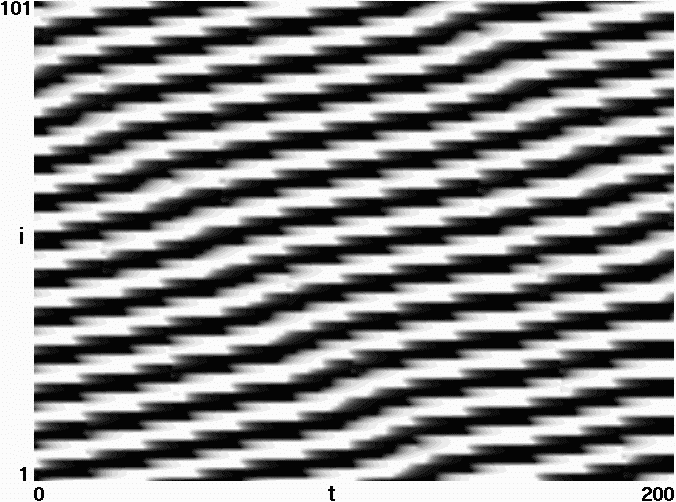
Fig. 4. Largest Lyapunov exponent for the hyperlabyrinth system in Eq. (8) with N = 101.
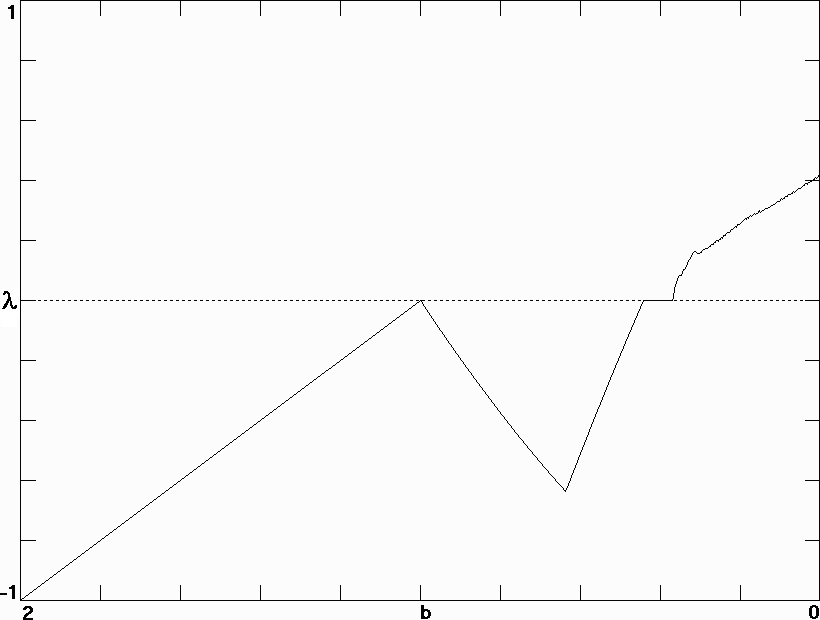
Fig. 5. Spatiotemporal plot of hyperlabyrinth chaos for N = 101 and b = 0.25.
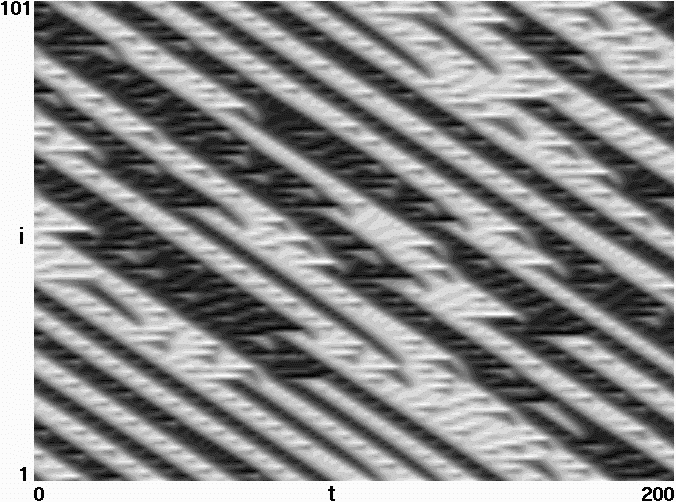
Fig. 6. Largest Lyapunov exponent for the Lotka-Volterra model in Eq. (9) with N = 101.
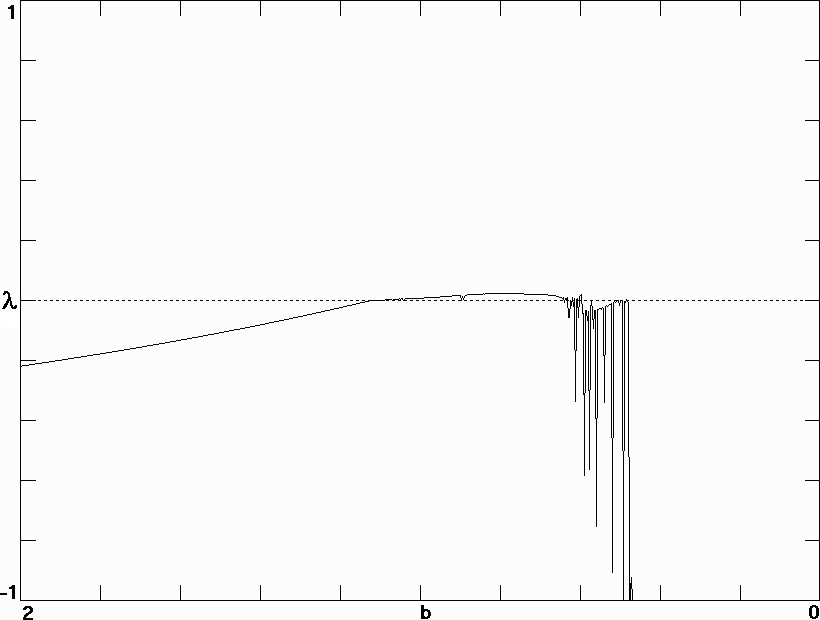
Fig. 7. Spatiotemporal plot of the Lotka-Volterra model for N = 101 and b = 0.8.
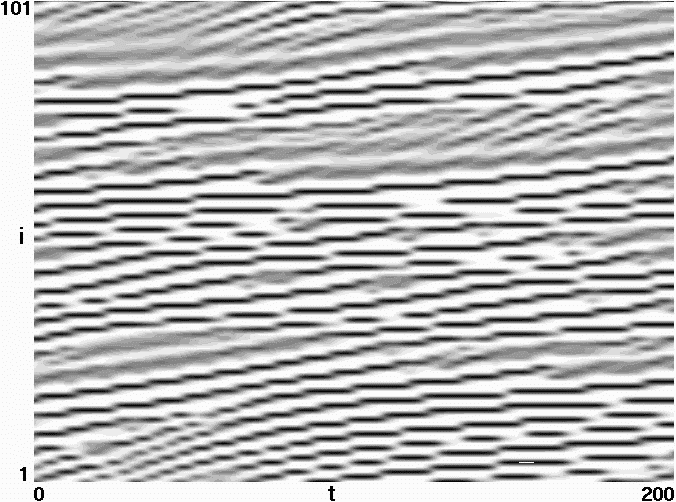
Fig. 8. Largest Lyapunov exponent for the delayed differential equation model in Eq. (10) with f(x) = sin x and N = 100.
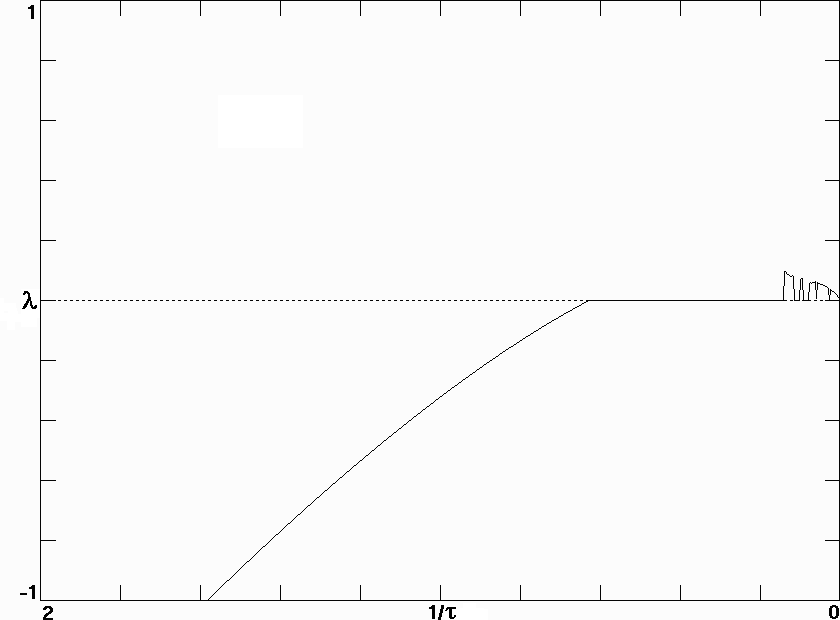
Fig. 9. Strange attractor for the delayed differ4ential equation model in Eq. (10) with f(x) = sin x, tau = 8 and N = 100.
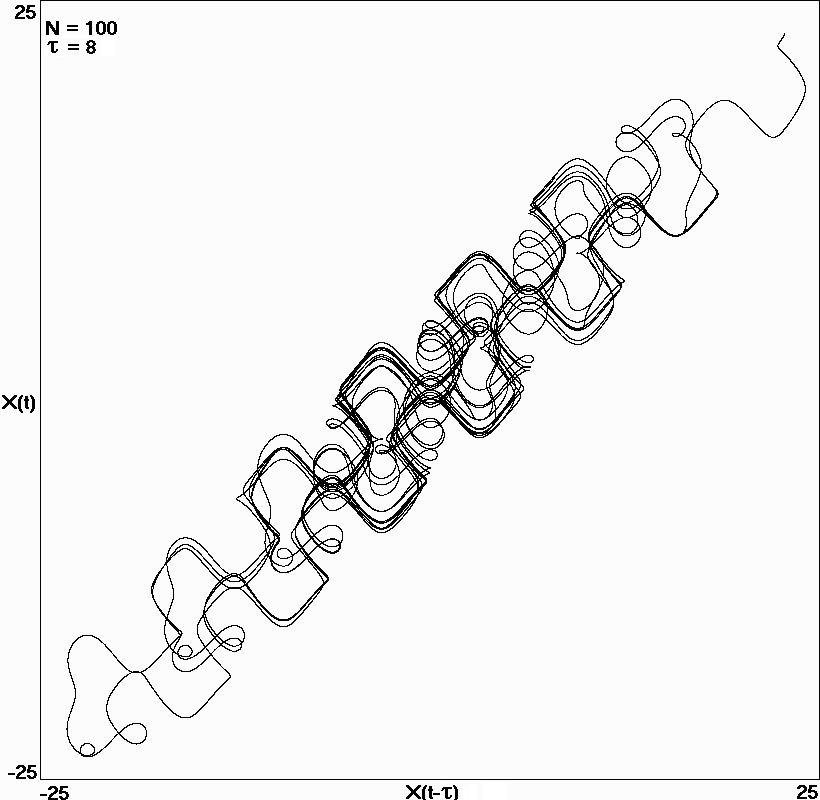
Fig. 10. Largest Lyapunov exponent for the PDE model in Eq. (13) with N = 101.
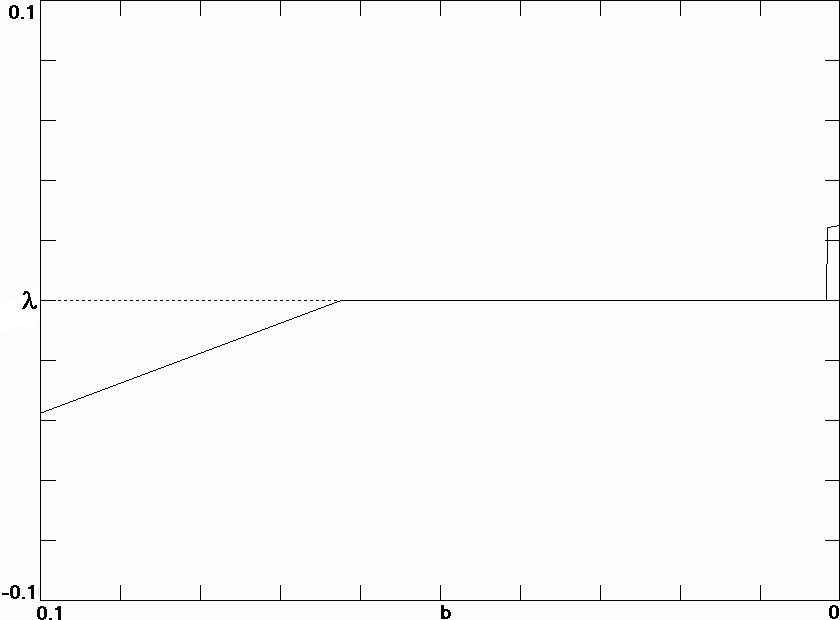
Fig. 11. Spatiotemporal plot of the PDE model in Eq. (12) for N = 101 and b = 0.
